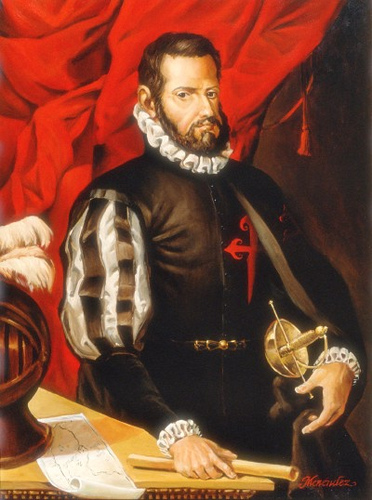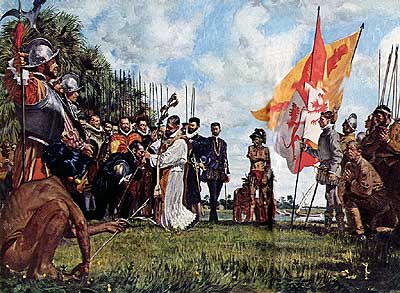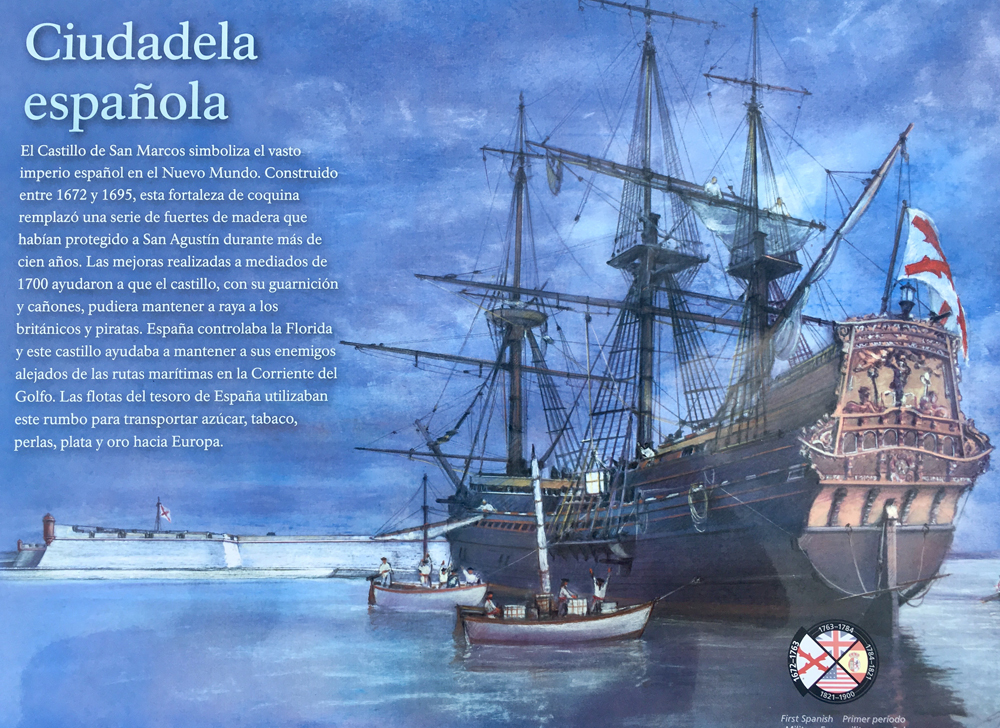


(Spanish: San Agustín) is a city in the southeastern United States, on the Atlantic coast in northeastern Florida. It is the oldest continuously occupied European-established settlement within the borders of the contiguous United States.
The county seat of St. Johns County, it is part of Florida’s First Coast region and the Jacksonville metropolitan area. According to the 2010 census, the city population was 12,975. The United States Census Bureau’s 2013 estimate of the city’s population was 13,679, while the urban area had a population of 69,173 in 2012.
Saint Augustine was founded 451 years ago on September 8, 1565, by Spanish admiral Pedro Menéndez de Avilés, Florida’s first governor. He named the settlement “San Agustín,” as his ships bearing settlers, troops, and supplies from Spain had first sighted land in Florida eleven days earlier on August 28, the feast day of St. Augustine. The city served as the capital of Spanish Florida for over 200 years, and became the capital of British East Florida when the territory briefly changed hands between Spain and Britain.Spain ceded Florida to the United States in 1819, and when the treaty was ratified in 1821, St. Augustine was designated the capital of the Florida Territory until Tallahassee was made the capital in 1824. Since the late 19th century, St. Augustine’s distinct historical character has made the city a major tourist attraction, and it is also the headquarters for the Florida National Guard.
This contract directed Menéndez to sail for La Florida, reconnoitre it from the Florida Keys to present-day Canada, and report on its coastal features, with a view to establishing a permanent colony for the defense of the Spanish treasure fleet. He was ordered as well to drive away any intruders who were not subjects of the Spanish crown.On July 28, Menéndez set sail from Cádiz with a fleet led by his 600-ton flagship, the San Pelayo, accompanied by several smaller ships, and carrying over 1,000 sailors, soldiers, and settlers.
On the feast day of St. Augustine, August 28, the fleet sighted land and anchored off the north inlet of the tidal channel the French called the River of Dolphins. Menéndez then sailed north and confronted Ribault’s fleet outside the bar of the River May in a brief skirmish. On September 6, he returned to the site of his first landfall, naming it after the Catholic saint, disembarked his troops, and quickly constructed fortifications to protect his people and supplies.Menéndez then marched his soldiers overland for a surprise attack on Fort Caroline, where they killed almost everyone in the fort except for the women and children.
Jean Ribault had already put out to sea with his ships for an assault on St. Augustine, but was surprised by a storm that wrecked his ships further south. Informed by his Indian allies that the survivors were walking northward on the coast, Menéndez began to search for the Frenchmen, who had made it as far as the banks of the river’s south entrance. There they were confronted by the Spaniard and his men on the opposite side.
After several parleys with the Spanish, Jean Ribault and the Frenchmen with him (between 150–350, sources differ) surrendered; almost all of them were executed in the dunes near the inlet, thereafter called Matanzas (Spanish for “slaughters”).In May 1566, as relations with the neighboring Timucua Indians deteriorated, Menéndez moved the Spanish settlement to a more defensible position on the north end of the barrier island between the mainland and the sea, and built a wooden fort there. In 1572, the settlement was relocated to the mainland, in the area just south of the future town plaza. Confident that he had fulfilled the primary conditions of his contract with the King, including the building of forts along the coast of La Florida, Menéndez returned to Spain in 1567. After several more transatlantic crossings, Menéndez fell ill and died on September 17, 1574.
created with
WordPress Website Builder .